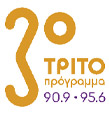Fragmented memory
Wood-carved templon epistepsis (crown) with the Crucifix and dragons.
Early 19th century.
BXM 11253
This wood-carved composition crowned in the past the templon of an Orthodox church in Asia Minor. The templon to which the composition originally belonged remained most likely in Asia Minor. Unfortunately, neither the settlement, nor the wider region in which the epistepsis originated were documented when it arrived in Greece from Asia Minor. Given the adverse conditions, the community in possession of the templon possibly removed from the specific church only transportable elements. In any case, the transfer of such an object was rather unusual.
The epistepsis features gilding and other colours, but also the painted representation of the Crucified Christ. The dragons carried in their mouths “lypera” (icons usually depicting the Virgin and Saint John the Theologian mounted on either side of the Cross), which are now lost. It is not known whether they also remained for some reason in Asia Minor, or if they were detached from the epistepsis and were lost during the object’s transport and repeated relocation (which is highly possible), until it reached the Byzantine and Christian Museum.
Georgios Soteriou received the epistepsis from the Exchanged Populations Fund on October 25 1937. During the 1950s, it was displayed in the left wing of the “Villa Ilissia” courtyard, in a new room that was prepared at that time. Soteriou incorporated the epistepsis into a different templon from the Museum’s collection, other than the original one, that lacked its own crown. Hence, the two objects together, although they had not been made for each other, supported one another, and visitors were under the impression that they beheld a complete wood-carved templon of a later Orthodox church. The epistepsis remained in that same room until the 1990s, when the space ceased to serve as an exhibition space. It was removed to the Museum’s storeroom, and from there, to the new permanent exhibition in 2010, where it was mounted atop a different templon, the third one in the object’s turbulent history.


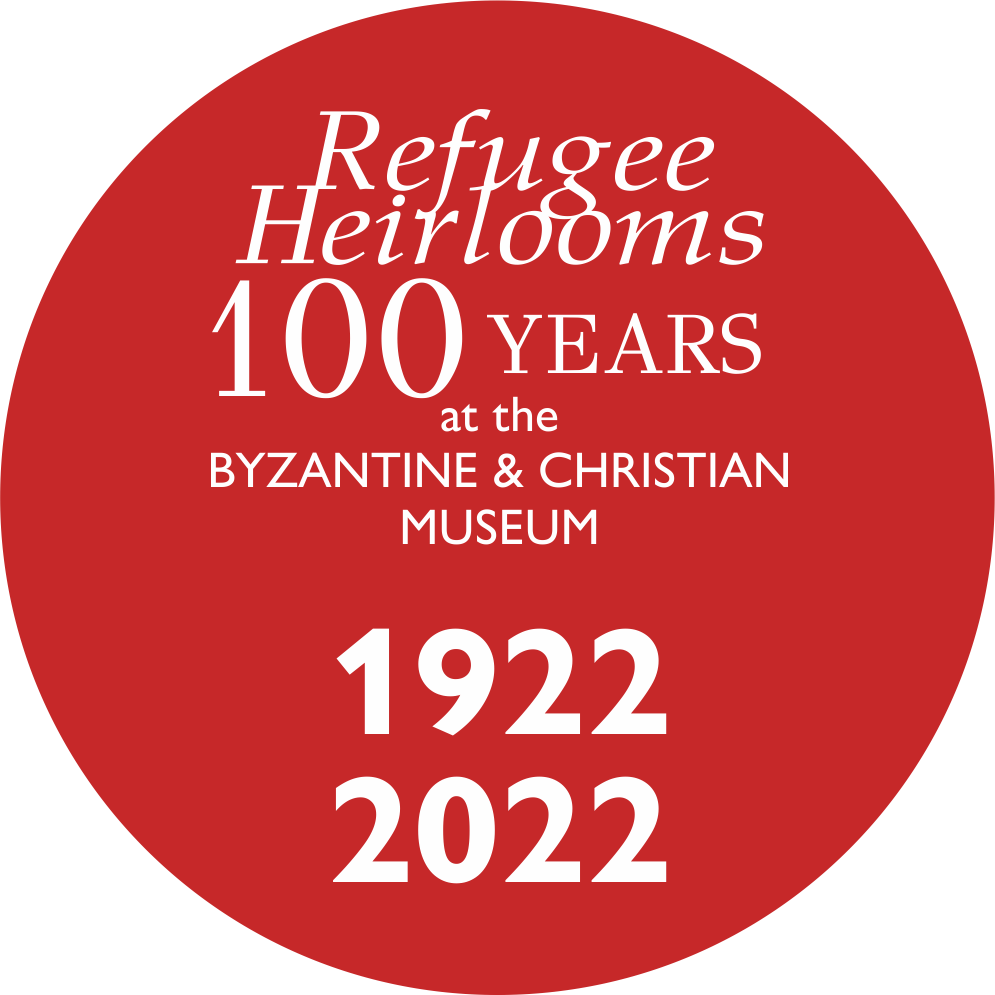
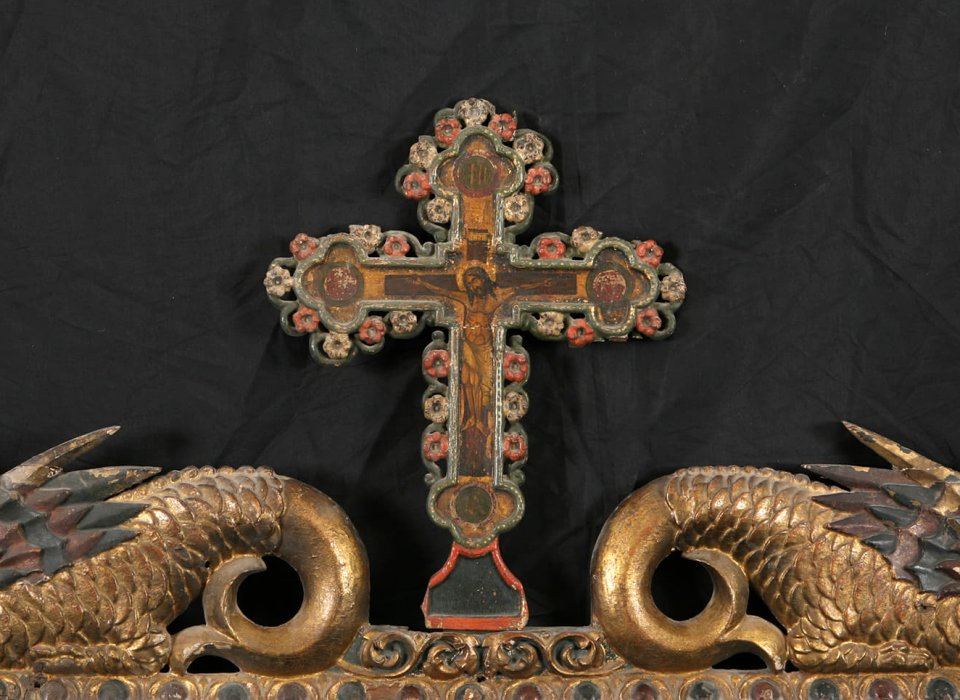
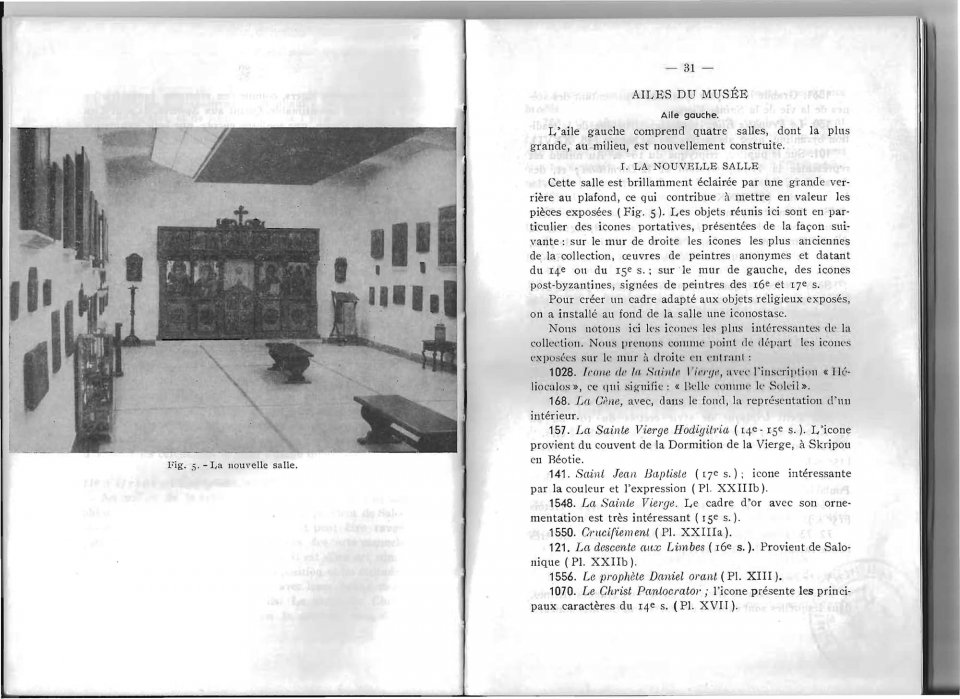
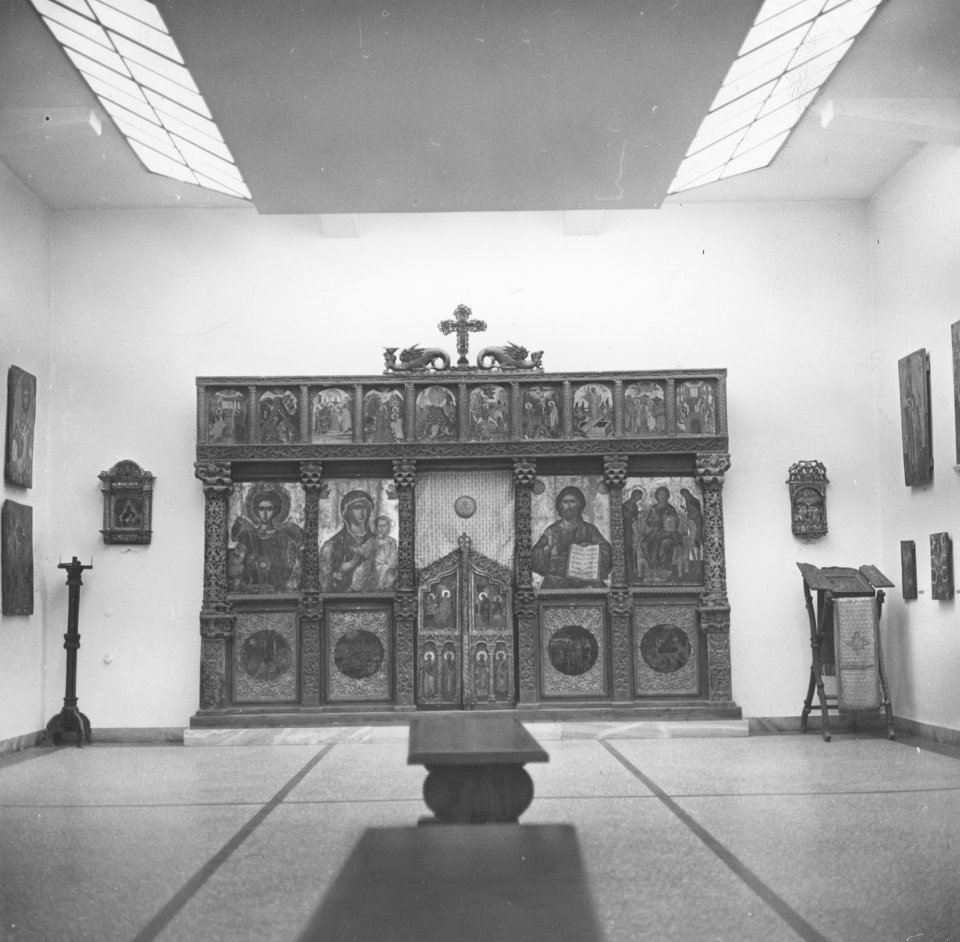
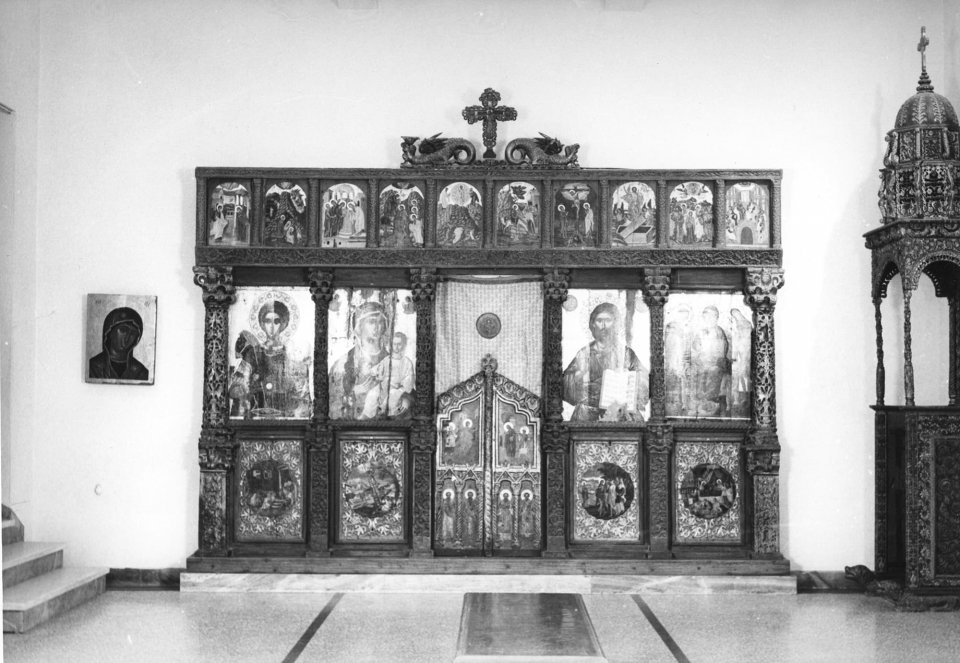
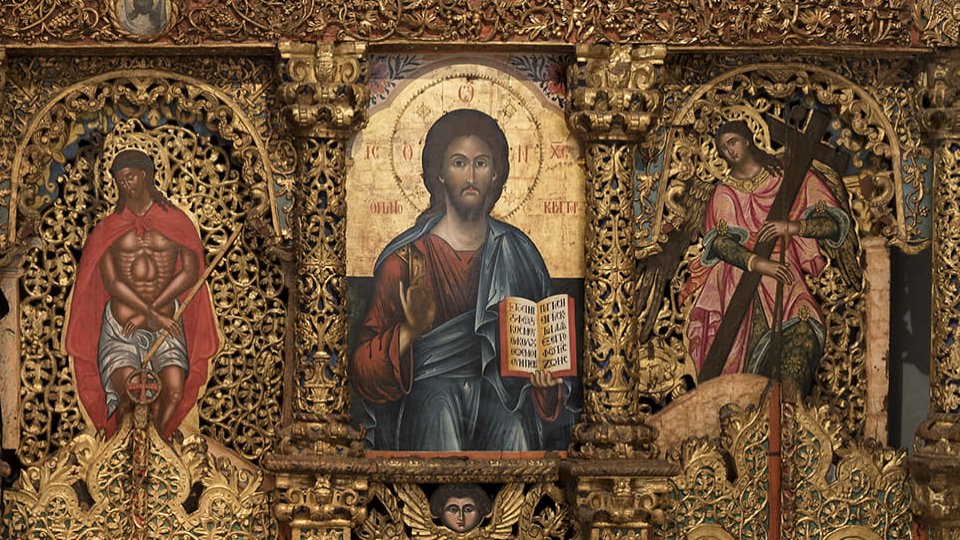
.jpg)
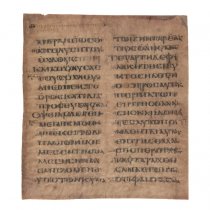 Purple Gospel
Purple Gospel .jpg) The double-sided icon from Tuzla
The double-sided icon from Tuzla .jpg) An emblematic refugee “relic”
An emblematic refugee “relic” 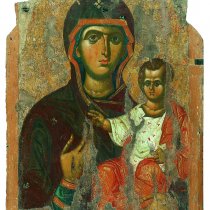 A byzantine Hodegetria
A byzantine Hodegetria 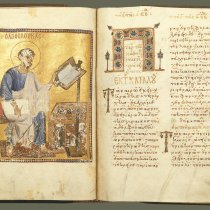 An Evangelistary from Trebizond
An Evangelistary from Trebizond .jpg) A significant Palaeologan work
A significant Palaeologan work 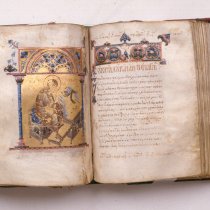 Tetraevangelion from Adrianople
Tetraevangelion from Adrianople .jpg) A Cretan icon from Eastern Thrace
A Cretan icon from Eastern Thrace .jpg) “Joined in matrimony”
“Joined in matrimony” 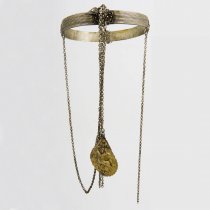 A peculiar neckband
A peculiar neckband 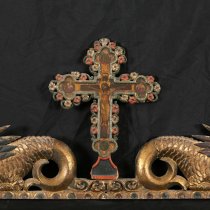 Fragmented memory
Fragmented memory .jpg) Zumzud, the pilgrim
Zumzud, the pilgrim .jpg) A refugee heirloom in “Russian style”
A refugee heirloom in “Russian style” .jpg) An unusual “icon” from Cappadocia
An unusual “icon” from Cappadocia .jpg) "He (the Lord) keeps all their bones …" (Psalm 33: 21)
"He (the Lord) keeps all their bones …" (Psalm 33: 21) .jpg) A Karamanli icon
A Karamanli icon 

